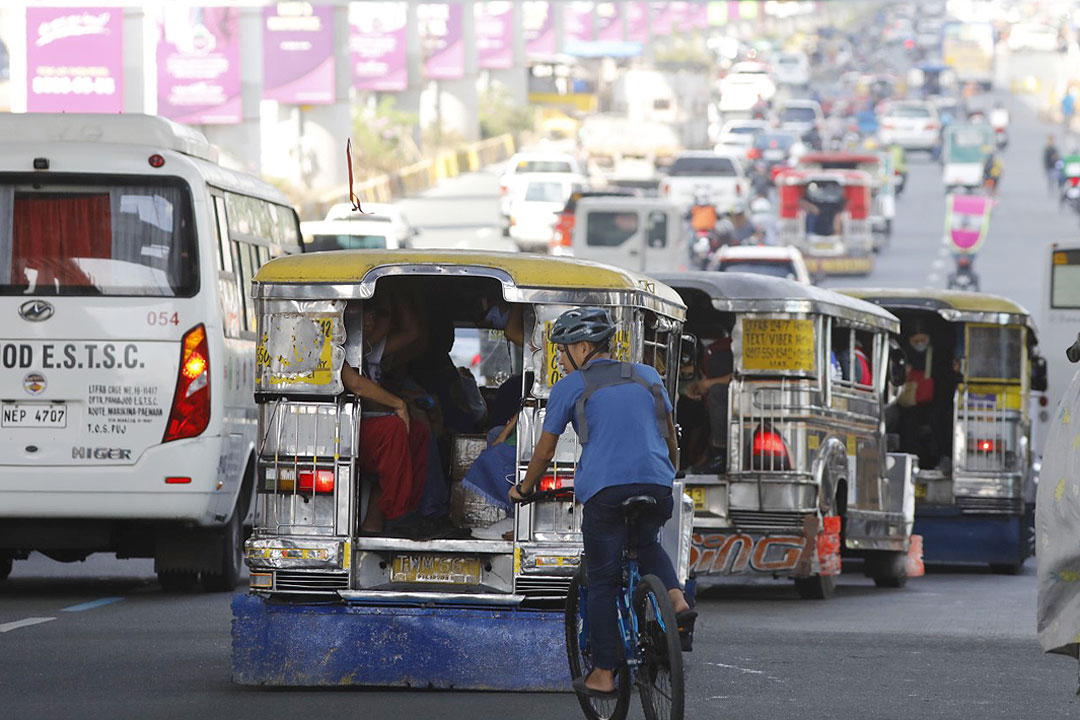Purchase of local jeepneys under modernization pushed

THE TRANSPORTATION department should consider tapping local jeepney makers rather than importing public utility jeepneys (PUJs) under the government’s modernization plan to limit fare increases, a congressman said on Monday.
“The cheaper the PUJ units procured, the less the fare adjustments will be necessary,” Albay Rep. Jose Ma. Clemente S. Salceda told Transportation Secretary Vivencio B. Dizon in a letter, a copy of which he shared with reporters.
“There are domestic manufacturers that offer cheaper alternatives to previously procured imported PUJs,” the congressman, who heads the House of Representatives ways and means committee, said.
Mr. Salceda asked Mr. Dizon if his office could contribute to the Transportation department’s review of state efforts to modernize the country’s aging public transportation system. He said his office is conducting a financial study on the program’s viability.
Jeepney modernization began in 2017 to enhance public safety and curb air pollution by replacing it with newer and environment-friendly alternatives. Originally repurposed from surplus US military vehicles after World War II, jeepneys have evolved into a cornerstone of the Philippine transport network.
But jeepney operators have criticized the modernization program, citing expensive modern units worth more than P2 million.
“The unit price of modern PUJ units will determine whether fare increases are needed for the future,” Mr. Salceda said.
He alleged that leaders of some transport cooperatives have received kickbacks for their purchase of modern jeepney units from some manufacturers.
“In the House committee on transportation, allegations were made about rebates of as much as P400,000 per unit being given to heads of transport cooperatives in exchange for agreeing to procure certain units of modern PUJs,” he said in the letter.
Under the plan, jeepney operators must consolidate into cooperatives to create more efficient transport routes and professionalize the industry. About 86% of combined jeepney, bus and van units have applied for consolidation under the initial phase of the modernization program, according to Mr. Dizon.
Mr. Salceda said route mapping could be done optimally due to advancements in transportation planning technology. “Route rationalization can now be done through more modern optimization techniques,” he said.
The Transportation department should also ensure that persons with disabilities and senior citizens could use the transportation system, he said. “We must minimize gaps in public transportation routes.”
The government should also look at improving public transportation routes to airports to improve accessibility, he added.
Mr. Dizon earlier said his agency is open to some changes to the government’s public transport modernization program to address the concerns of transport groups, which staged a three-day strike starting on March 24. — Kenneth Christiane L. Basilio



